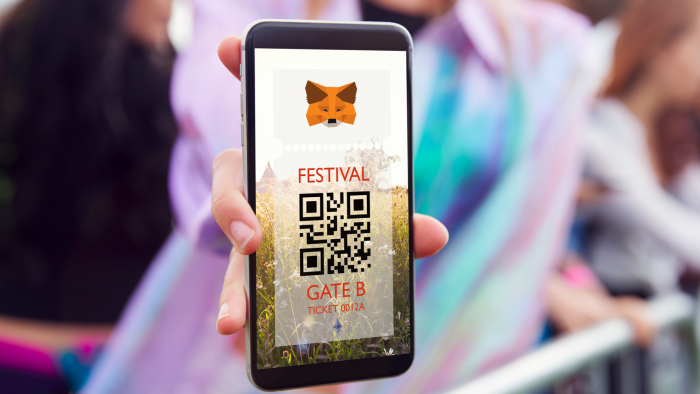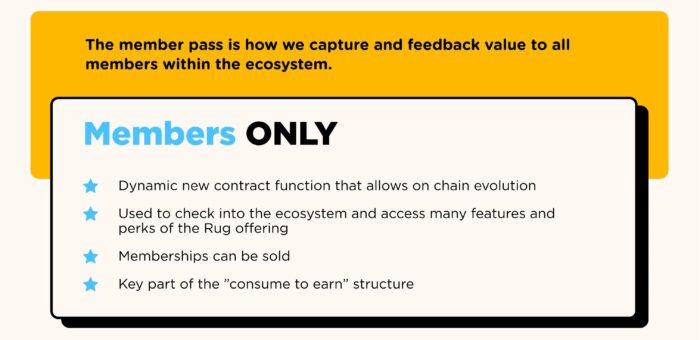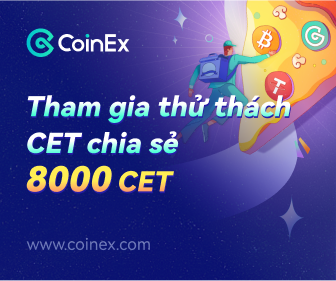Alot has changed in the NFT space over the past year. While in 2021, nonfungible tokens absolutely exploded, in 2022, Web3 saw the maturation of the NFT space fast-tracked thanks to a bear market. Sure, artists still found ways to sustain themselves, and NFT collectors evolved into prominent Web3 builders, but the wild west that was the NFT market cooled off significantly.
Of course, this isn’t a bad thing. Far from it, in fact. While numerous investors and influencers quickly became quiet when the million-dollar profits stopped coming in, the NFT space as a whole was propelled forward. Collectibles and large-scale PFP projects that had a hold on the market started to wane, and other often overshadowed use cases began to hit stride.
But we’re not just talking about Sound.xyz music NFT secondary sales crossing $5 million, or photography NFT editions going viral. While these are undoubtedly major wins for artists, advancements in blockchain technology and a crossover from Web2 to Web3 have helped solidify a number of robust NFT use cases that might have the potential to change the metaverse as we know it. In 2023, these growing sectors will undoubtedly be worthy of keeping an eye on.
Ticketing & proof of attendance
Perhaps one of the most underrated sectors of the NFT market is NFT ticketing. Considered by many to be of great benefit to the future of live events, NFT ticketing is precisely what it sounds like: tickets in the form of an NFT living on a blockchain that act as access passes for any live (or even virtual) event.
With NFT tickets, ticket issuers and recipients can benefit in several ways. Issuers can keep a more in-depth record of attendance numbers by utilizing the blockchain as a ledger, while simultaneously interacting with ticket holders in a new and innovative way via NFTs. Issuers can send out notices, host surprise giveaways, create token-gated sites and services, and more simply by collating data associated with holders of a specific NFT ticket.

On the flip side, attendees of events that don’t issue NFT tickets can also be rewarded after the fact. With POAP, the Proof of Attendance Protocol, users can create and issue commemorative badge-style NFTs that can provide many of the same utilities as NFT ticketing. Users often only need to scan a QR code or enter a specific phrase to collect a POAP, making the barrier of entry significantly low and accessible to those who aren’t versed in blockchain tech.
While NFT ticketing and POAPs may simply seem like a fun incentive for event attendees, they have continued to prove useful to project founders to keep records of early supporters. It wouldn’t be a stretch to say that both NFT tickets and POAPs are helping change the way we think about fandom in Web3.
Membership passes
While it is true that NFT-based memberships grew and developed alongside PFP projects, they’ve since become their own unique sector of the NFT market. Mostly utilized by brands and programs, these types of NFTs act as access keys to unlock incentives and rewards for those that hold them. Oftentimes, NFT memberships are enforced via “token-gating,” which uses blockchain tech to verify ownership of an NFT and grant holders access to whatever member-exclusive perks are on offer. This can be implemented in Discord servers, at in-person or virtual events, and more.
One of the earliest examples of NFT memberships is the Bored Ape Yacht Club. Just by owning a BAYC NFT, holders have been granted access to merch drops, music festivals, subsequent NFT releases, and so much more. Projects like LinksDAO, LoudPunx, and Flyfish Club remain two of the most ambitious membership endeavors, while platforms like Friends With Benefits and OneOf have become archetypes for organizations looking to launch membership passes.
Some NFT endeavors have even gone above and beyond the idea of a simple membership pass, bringing shared ownership and voting into the mix. Take Rug Radio, for example. Created by prominent influencer and builder Farokh to be a decentralized Web3 media platform, the project’s ethos is to be by the community and for the community as a platform owned by its consumers. Because of this, Rug Radio issued Membership Pass NFTs, which grant their holders the ability to vote on proposals and participate in major decisions.

Soulbound tokens
Soulbound Tokens are NFTs that are non-transferable, making them ideal for managing permanent records. Instead of safekeeping vulnerable paper records to pass down through the generations, SBTs could provide us with a better way to verify important information on the blockchain.
But taking over paper records is but a single function of these NFTs, which were initially proposed by Ethereum Co-Founder Vitalik Buterin. Designed to function as a comprehensive suite of tools for online users to preserve and protect their identity, should SBTs launch as planned, they stand to impact our everyday lives significantly. Through SBTs, medical records, academic achievements, alumni status, employment histories, criminal records, and everything in between can be minted as an NFT with immutable and non-transferable ownership.
While it’s true that SBTs might not be possible at scale until a fully decentralized society can be achieved, evidence is mounting that they could become a reality in 2023. But, where? Well, besides Buterin himself alluding to the possibility that they could (have been) implemented by late 2022, companies like Moonpay have already announced endeavors in the same vein as SBTs. Perhaps it’s only a matter of time till we see the first real-life use case achieved.
Physical x digital
In 2022, the NFT space witnessed the rise of “phygital” goods. Characterized as a melding of physical and digital, phygital has built yet another layer upon the concept of digital ownership, allowing artists and developers to turn their physical creations into NFTs, and vice versa. Although the term phygital itself has garnered opposition due to its abrasive phonetics and basic portmanteau nature, the popularity of such products is undeniable.
Phygital goods exist in a variety of forms. From toys to collectibles and even more traditional forms of art like sculpture and paintings, the line between physical and digital continues to dissolve for Web3 creators. Yet, one of the most popular use cases to emerge from this new market sector has been wearables. This is perhaps best illustrated by companies like 9dcc and RTFKT, who continue to produce NFT-powered shoes, shirts, and other fashion items.
And while phygital goods sound a bit futuristic, digital goods wearables have long existed through video games like Fortnite. In fact, Fortnite skins were what first inspired 9dcc founder Gmoney to venture into digital collectibles in the first place, as he saw the potential of digital ownership and the importance of that potential being understood by future generations. If investment giants like him, and fashion powerhouses like Nike are keeping their eye on phygital, the rest of Web3 would be smart to do the same.
Artificial intelligence
Like it or not, artificial intelligence is here, and seemingly here to stay. From tools like ChatGPT proliferating in nearly every industry to AI-generated art becoming a hot and contentious topic among online communities, the AI boom we’re experiencing now feels akin to, if not bigger than, the initial NFT boom of 2021.
Yet, AI almost undoubtedly will have a larger reach and impact on general society than even NFTs can muster at this time. Of course, this also includes its impact on Web3. In fact, numerous prominent artists in the NFT space already use AI collaboration in their workflows. But it isn’t due to the latest AI boom — rather, it’s due to the digital nature of the NFT space in general, where developers, artists, and coders converge. So why should we be monitoring AI in 2023?
Well, because it has advanced so significantly in just the past year. With the advent of DALL-E, ChatGPT, and other tools, the ethics of creating and selling AI art has been called into question. While many critics fear the new paradigm of AI art, others have embraced it as inevitable. But even so, AI-created work currently lacks the “human authorship” needed to bestow rights intended to protect the artist. A slippery slope, indeed.
What else?
Independent of profits and speculation, the five use cases listed above are undeniably prominent within the NFT space as we enter into 2023. Some may fizzle out, others could potentially come to dominate the market entirely, or perhaps some unseen force could appear and shift the ecosystem even further. Yet, surely each of these instances of NFT innovation has helped, even if only a little, bring the conversation surrounding the usefulness of blockchain technology in modern society from niche to mainstream.
Source NFT now



